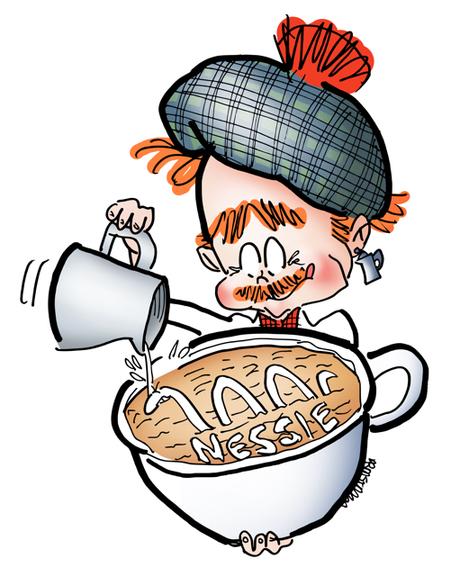Jay W. Richards wrote a recent opinion piece for the Wall Street Journal. His premise: automation will eliminate some jobs, but many consumers want (and are
willing to pay for) the human touch.
Here’s a telling line:

As ever more goods become cheap commodities, the economic value of the
human touch goes up.
Mr. Richards cites Starbucks baristas as an example:

You can make a decent cup of coffee at home for 20 cents… or get good coffee
at the office Keurig for 50 cents. Or drink a bottomless cup with free half-and-
half at your local diner for $1.50. Down the street, though, Starbucks baristas
serve labor-intensive coffee experiences to a stream of customers for a lot more money.


What does this trend mean for brands?

Some people– not everyone, but some– want more than a commodity. They want an experience, something truly unique.

Seth Godin observes that market disruption (automation, Amazon, crowdsourcing) is a huge threat to any merchant who merely creates a commodity. He also notes that cheap is the last refuge for the marketer who can’t figure out how to be better.

Jasmine Bina of The Concept Bureau would change “better” to “different.” She cautions against falling into the “better” trap. Saying you’re “better” does nothing to distinguish you from competitors. Everyone claims to be better. You get lost in the crowd. Being different is what matters.

You can’t create commodities and expect people to pay extra for them. Starbucks customers aren’t just buying coffee– they’re buying an experience, along with the attitude and the little things that come with it. They’re also buying a certain status, a certain set of perceived values. They’re making a statement about who they are.
Marketing professor Freddy Nager says that customers buy products and services for their own little stories— stories they hope will turn out well.

What’s the lesson for brands? Designer David Scott puts it this way:

In the end, it’s the brands who’ve figured out strategically how to make people
feel good and give them some sort of differentiated value that end up on top.
So it’s about the emotional coupled with the rational.


1. If you only offer a commodity, it’s a race to the bottom– because there will always
be someone willing to work more cheaply.
2. Many people want more than a commodity. They want an experience, and/or something personal that meets their needs– and they’re willing to pay for it.
3. Some people are making a values statement when they choose a brand. It becomes
part of their identity.

